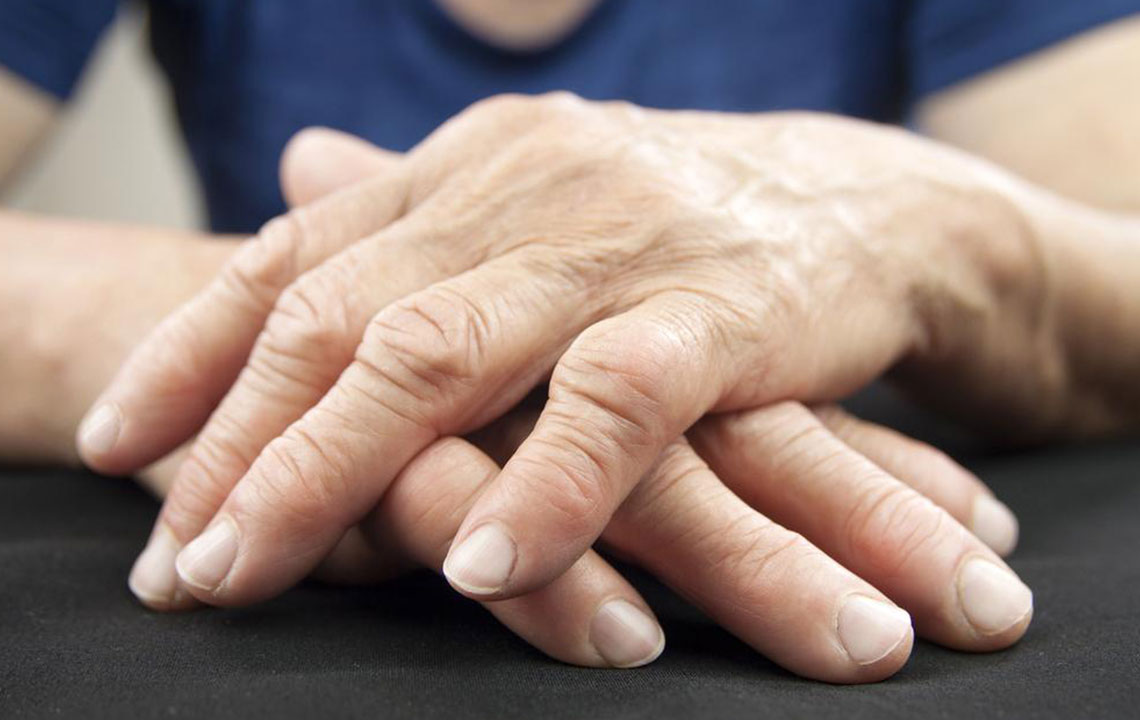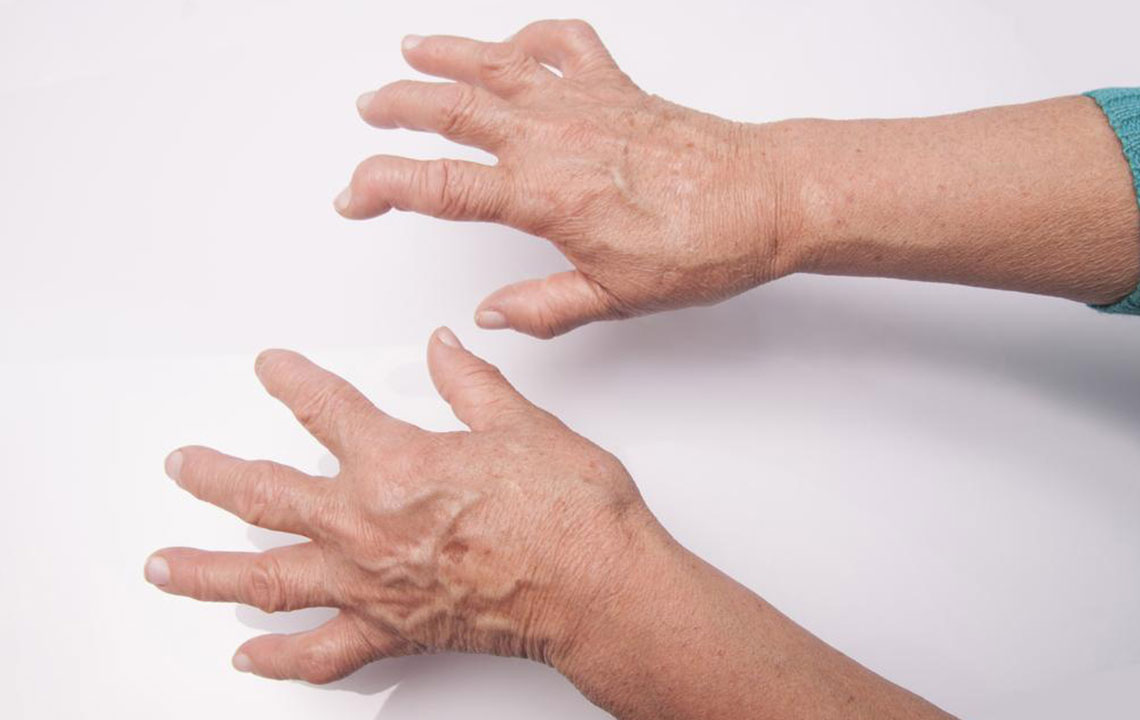Recognizing the First Indicators of Psoriatic Joint Disease
This article highlights seven early signs of psoriatic arthritis, including joint pain, swelling, back discomfort, nail changes, and fatigue. Recognizing these symptoms can aid in early diagnosis and management, preventing joint damage. While there's no cure, lifestyle adjustments and medical treatments can effectively control the disease's progression. Staying informed about these warning signs enables timely intervention, improving patient outcomes and quality of life.
Recognizing the First Indicators of Psoriatic Joint Disease
Data from the National Institute of Health indicates that about 30% of individuals with psoriasis will develop psoriatic arthritis, which typically occurs after skin symptoms appear. Some people might experience joint-related issues even before skin patches develop. Psoriatic arthritis is a chronic condition marked by joint pain, swelling, and stiffness. Although there is no cure, treatment focuses on symptom management and preventing joint damage. Early detection of warning signs is vital for effective control of the disease.
7 Early Symptoms of Psoriatic Arthritis
Addressing early symptoms can help prevent progression. Management strategies aim to reduce inflammation and pain rather than eradicate the disease entirely. Recognizing these signs is essential for timely intervention.

Joint discomfort and stiffness
Joint pain and stiffness are some of the earliest and most common indicators of psoriatic arthritis. These symptoms arise from joint inflammation, affecting areas such as ankles, knees, fingers, toes, and the lower back. Symptoms may improve temporarily during remission but can flare up again, often with intense morning stiffness. Managing these symptoms early is crucial to prevent joint deterioration.
Swelling in joints and digits
Swelling due to inflammation often occurs in the joints and fingers or toes, resulting from fluid buildup in surrounding tissues. Many patients develop dactylitis, commonly called sausage fingers, characterized by swollen tendons and joints. Studies show that up to half of those with psoriatic arthritis experience varying degrees of dactylitis.
Chronic back discomfort
Persistent back pain is another hallmark of psoriatic arthritis, sometimes evolving into psoriatic spondylitis. According to the Spondylitis Association of America, nearly 20% of patients develop inflammation of the spine and pelvis. This can cause back pain, muscle aches, hip soreness, fatigue, and eye issues, affecting daily life significantly.
Nail abnormalities
About 80% of those with psoriatic arthritis exhibit nail changes, which might include pitting or lifting of nails from the nail bed. These changes are often early signs of joint involvement and can occur before joint symptoms become severe.
Exhaustion
Extreme fatigue is common among psoriatic arthritis sufferers, resulting from chronic pain, inflammation, psychological factors, anemia, and sleep disturbances. Long-lasting tiredness can impede daily activities and reduce overall well-being.
Limited mobility
The disease may restrict movement, making it difficult to bend, extend limbs, or perform fine motor tasks like writing or typing. This can impact those in manual professions or anyone whose work depends on dexterity, sometimes making simple activities extremely challenging.
Ocular issues
Some patients experience eye problems such as redness, irritation, or inflammation, with some developing conjunctivitis. These conditions can cause discomfort and vision disturbances if untreated.
Available management options
While a cure for psoriatic arthritis remains elusive, treatments focus on reducing inflammation and symptoms. Lifestyle modifications like regular exercise, a healthy weight, proper sleep, and natural remedies such as aloe vera, turmeric, oats, tea tree oil, or sea salts may help alleviate discomfort. Consulting a healthcare professional is recommended before using home remedies, especially on psoriasis-affected skin.
Early recognition and appropriate management are key to preventing severe joint damage and improving quality of life. Being aware of the initial signs can lead to timely treatment, helping to control the disease effectively.








